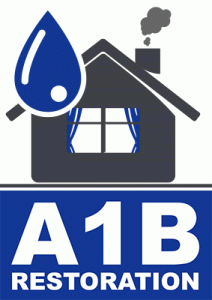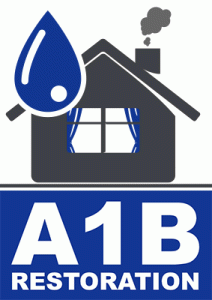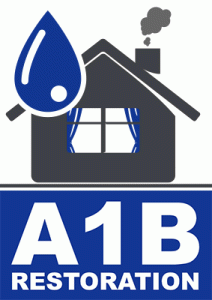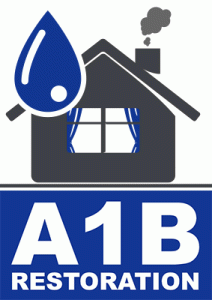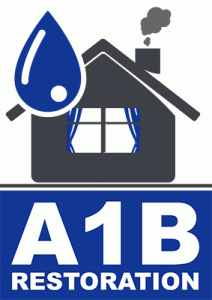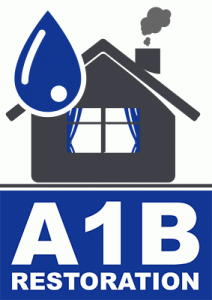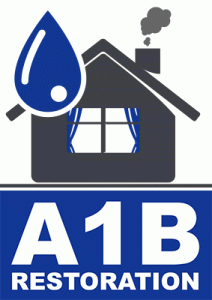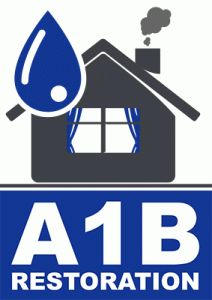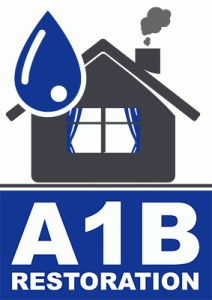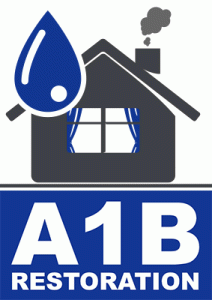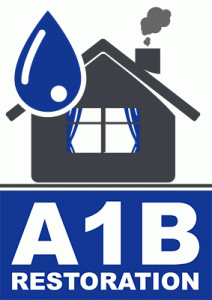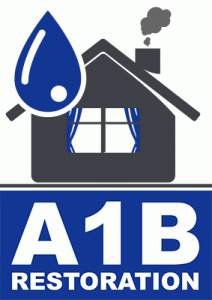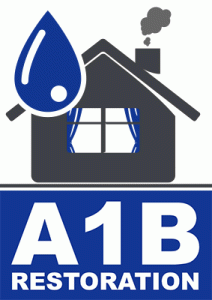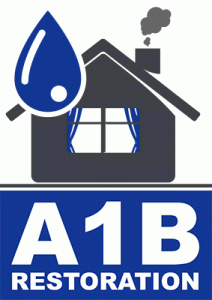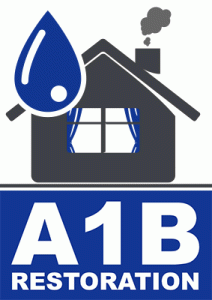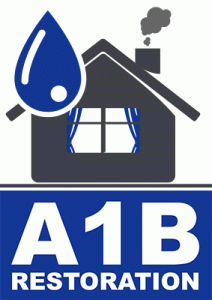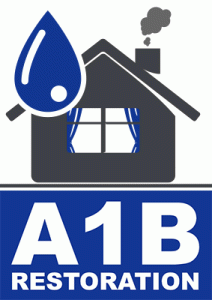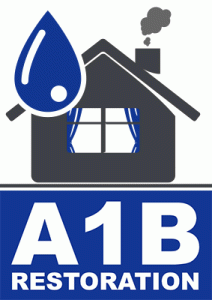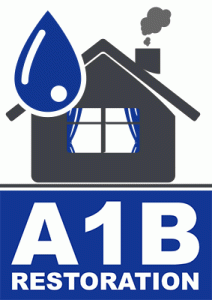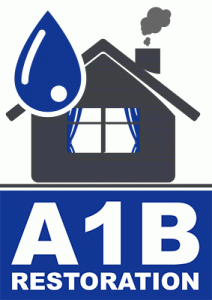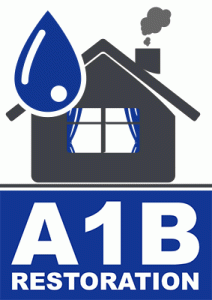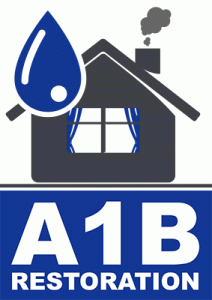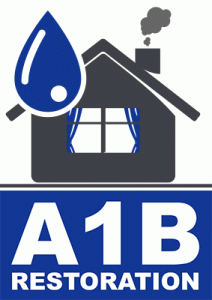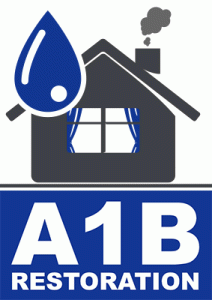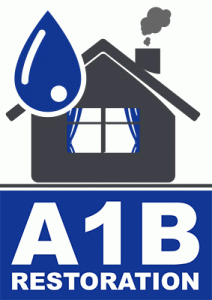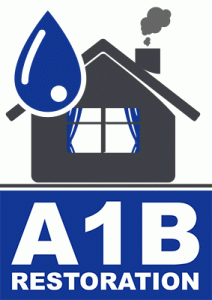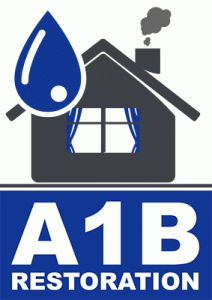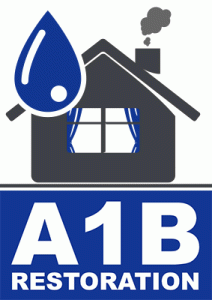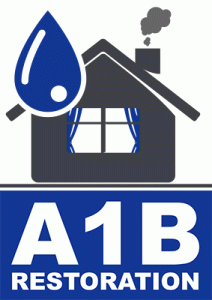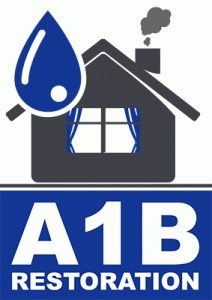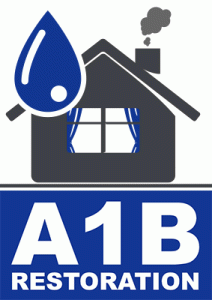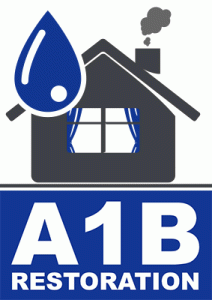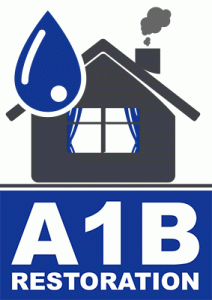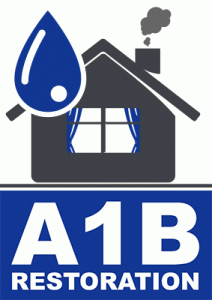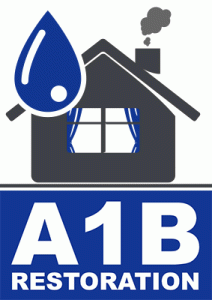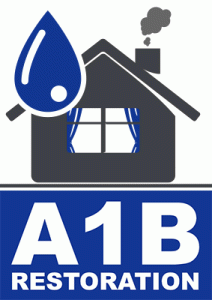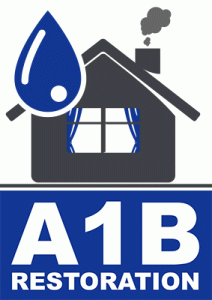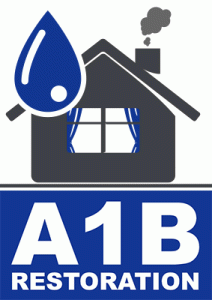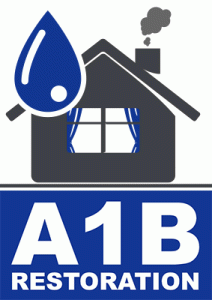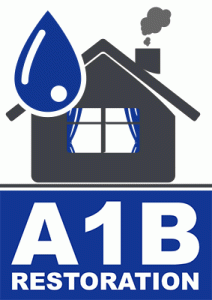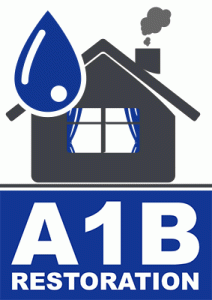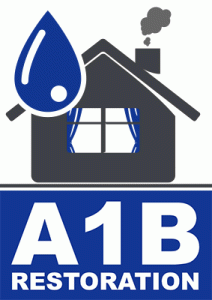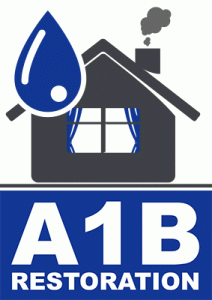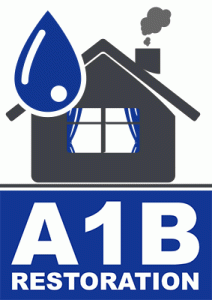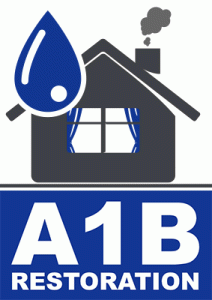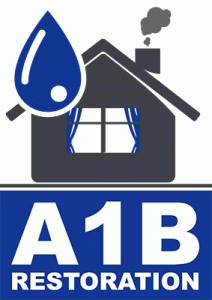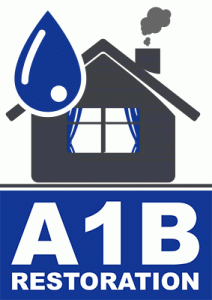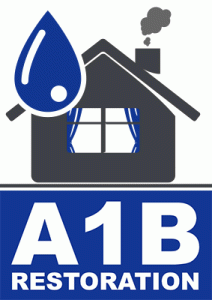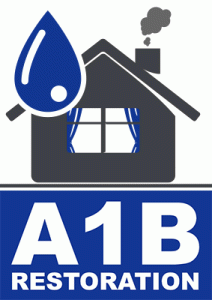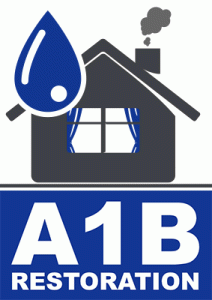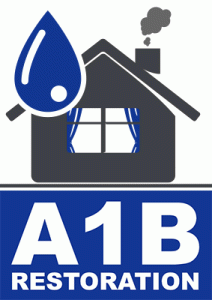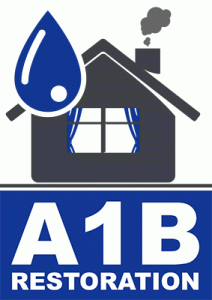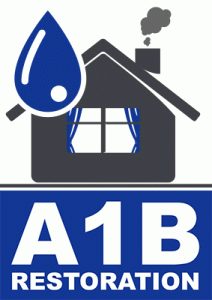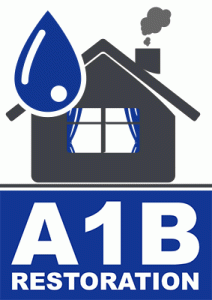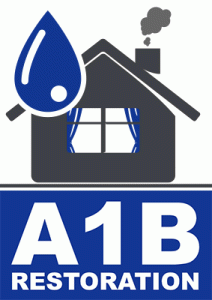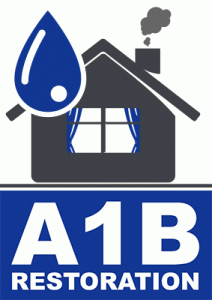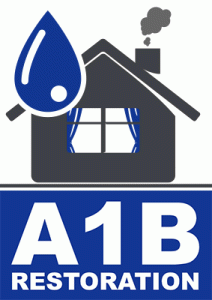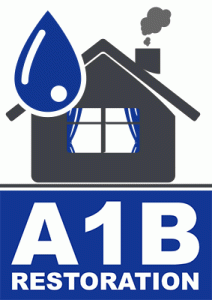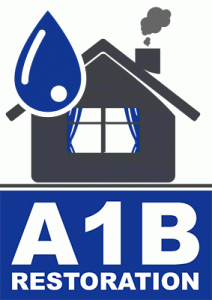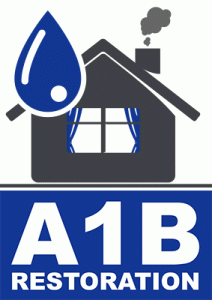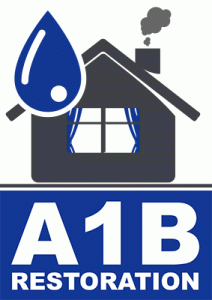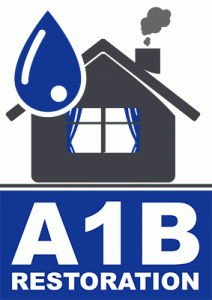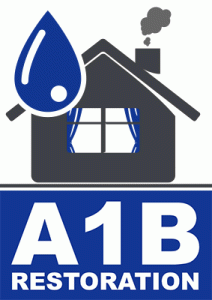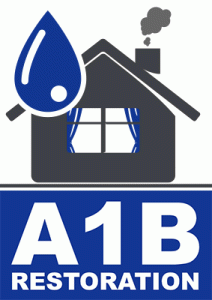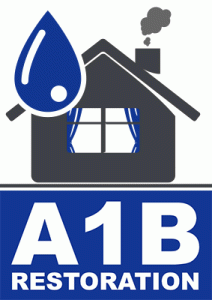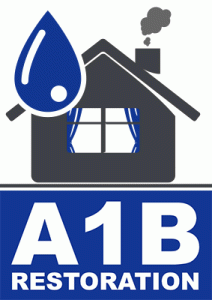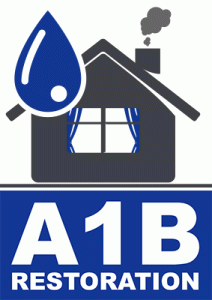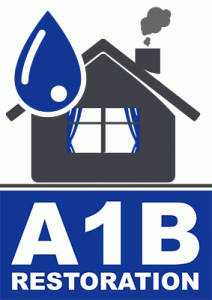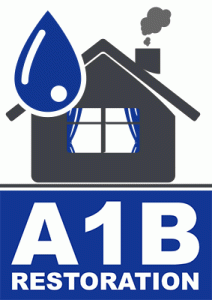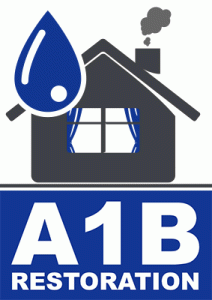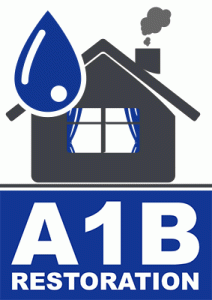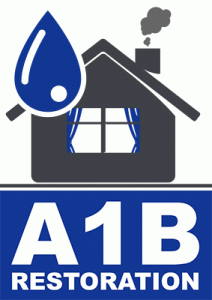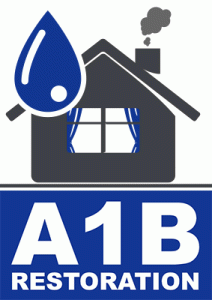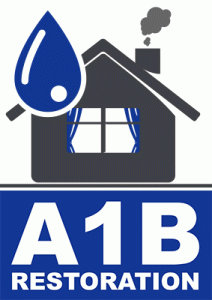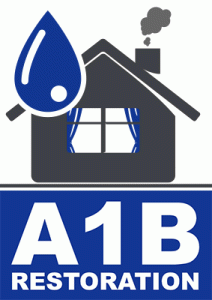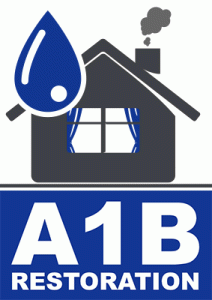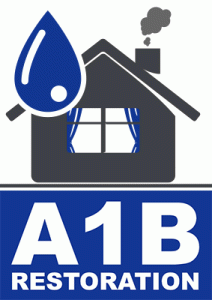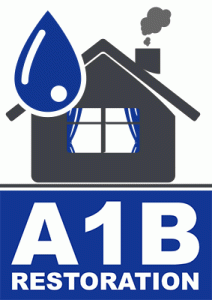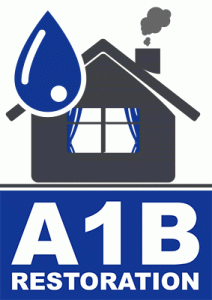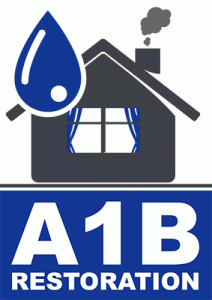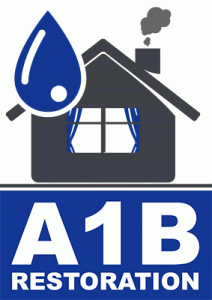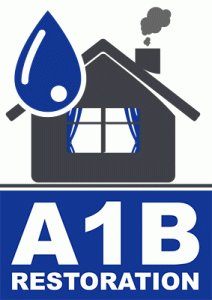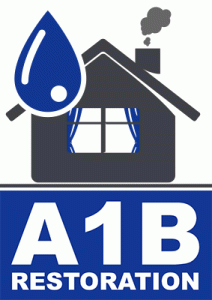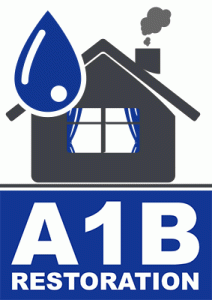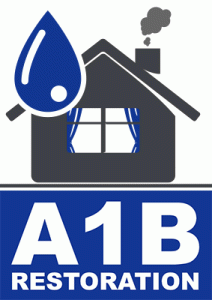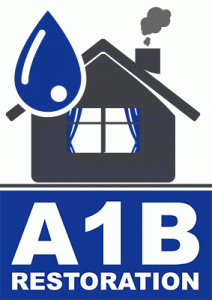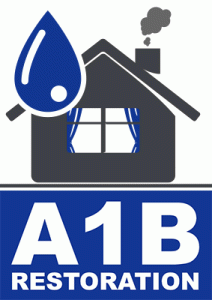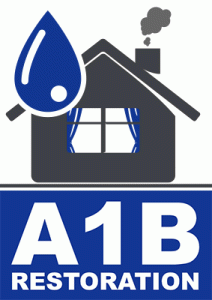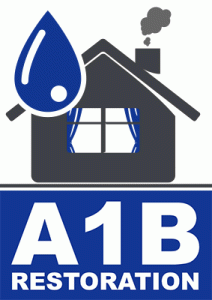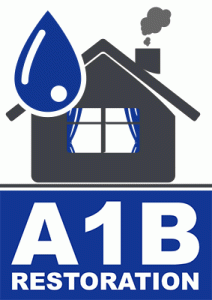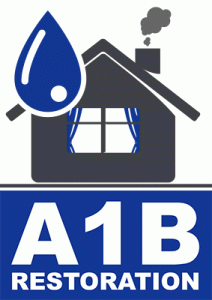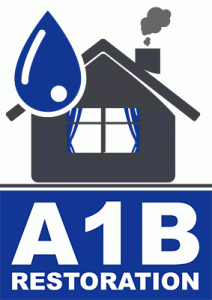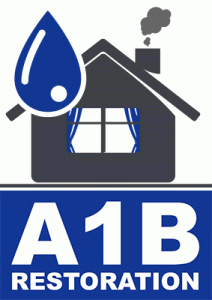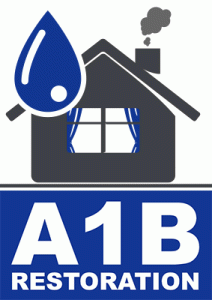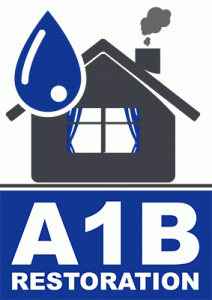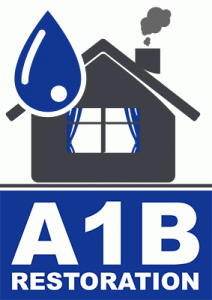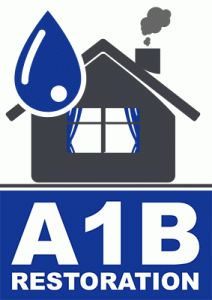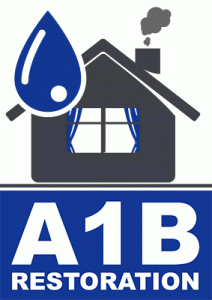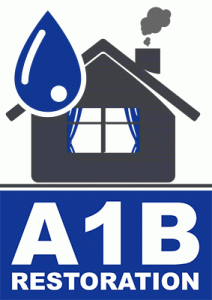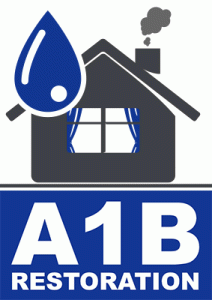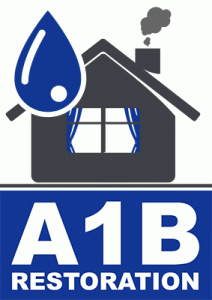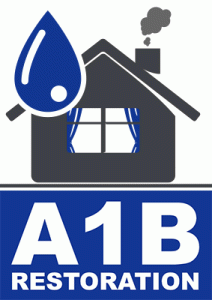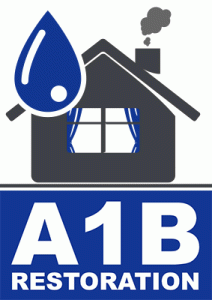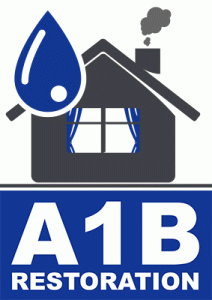Water Damage Restoration: Lessons Learned from Recent Disasters
In recent years, natural disasters have become more frequent and severe, leaving many homeowners and businesses to grapple with the aftermath. Water damage is one of the most common and devastating results of these disasters. This blog post delves into the lessons learned from recent water-related calamities, providing valuable insights into effective water damage restoration strategies.
The Growing Impact of Water-Related Disasters
Water-related disasters, including hurricanes, floods, and heavy storms, have been on the rise. According to the National Oceanic and Atmospheric Administration (NOAA), the United States has experienced an increase in billion-dollar disaster events over the past decade, with water damage being a significant component.
Statistics Highlighting the Issue
For instance, in 2020 alone, the U.S. faced a record 22 weather and climate disasters, each causing more than $1 billion in damages. Water damage accounted for a major portion of these costs, affecting millions of homes and businesses nationwide.
Lessons Learned from Recent Disasters
1. Importance of Prompt Action
One of the key lessons from recent disasters is the importance of acting swiftly when water damage occurs. Mold and mildew can begin to develop within 24 to 48 hours, exacerbating the damage and posing health risks. Prompt action can significantly reduce repair costs and prevent long-term damage.
2. Professional Assessment and Restoration
While it might be tempting to address water damage on your own, professional assessment and restoration are crucial. Experts have the tools and experience to identify hidden damage and ensure thorough cleanup. For example, after Hurricane Harvey, many homeowners who attempted DIY repairs found themselves facing recurring issues due to inadequate initial assessments.
3. The Role of Technology in Restoration
Advancements in technology have revolutionized water damage restoration. From thermal imaging cameras that detect hidden moisture to industrial-grade dehumidifiers, technology plays a pivotal role in efficient restoration. Embracing these tools can enhance the effectiveness of the cleanup process and help in preventing future issues.
Actionable Tips for Effective Water Damage Restoration
Tip 1: Ensure Comprehensive Insurance Coverage
Before disaster strikes, review your insurance policies to ensure they cover water damage. Many standard homeowner policies do not cover flood damage, so it’s crucial to have separate flood insurance, especially if you reside in a high-risk area.
Tip 2: Create an Emergency Plan
Having a well-thought-out emergency plan can make a significant difference during a disaster. This includes knowing evacuation routes, having emergency contacts, and keeping important documents safe. A proactive approach not only ensures your safety but also facilitates quicker recovery.
Tip 3: Regular Maintenance and Inspection
Regular maintenance and inspection of your property can prevent potential water damage. This includes checking for leaks, ensuring proper drainage, and maintaining your roof and gutters. Identifying and addressing issues early can save substantial costs and hassle in the long run.
Conclusion: Building Resilience Against Water Damage
Water damage from disasters is inevitable, but its impact can be mitigated. By learning from past experiences, investing in professional restoration services, and adopting preventive measures, homeowners and businesses can build resilience against future disasters. As we continue to face unpredictable climate challenges, staying informed and prepared is more critical than ever.
For more information on water damage restoration and to find professional services in your area, visit our website.
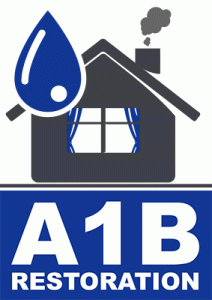
water damage restoration services near me Parker Texas
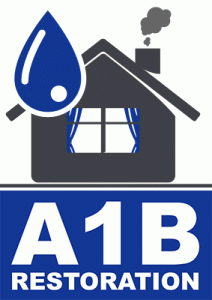
water damage restoration service Preston Hollow Dallas Texas
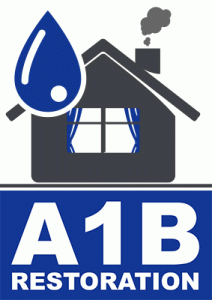
Highland Park TX water damage restoration services
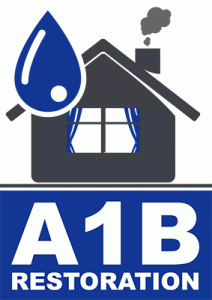
water damage and restoration companies Rockwall Texas
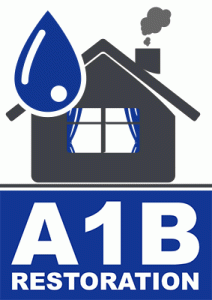
Flower Mound TX restoration water damage experts
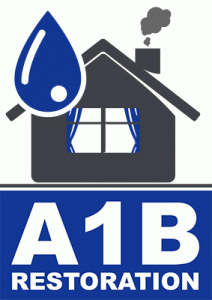
water restoration companies near me Colleyville Texas
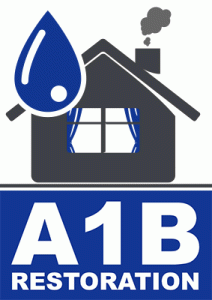
water damage restoration services near me Crowley Texas
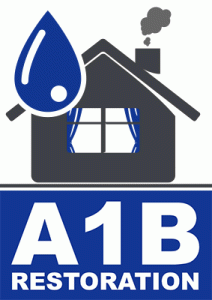
North Richland Hills Texas disaster restoration companies
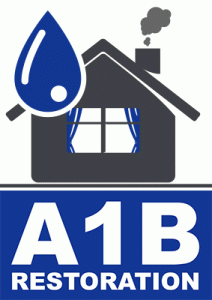
Colleyville Texas water damage restoration service near me
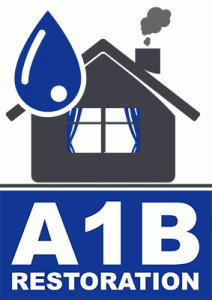
restoration services water damage Lakewood Dallas Texas
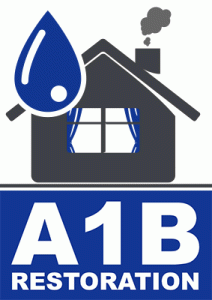
water damage and restoration companies Bedford Texas
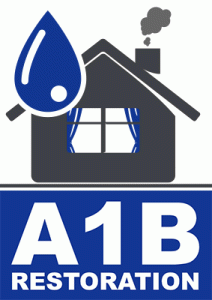
water damage restoration cost Preston Hollow Dallas Texas
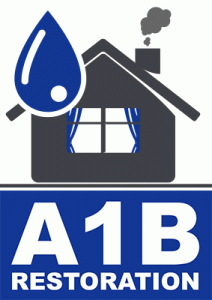
water damage restoration services near me Irving Texas
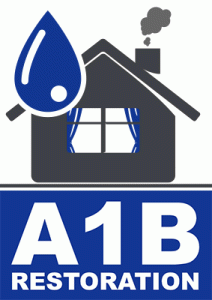
Lake Highlands Dallas Texas water extraction company near me
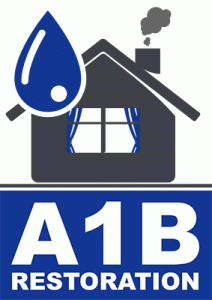
Irving Texas water damage restoration service near me
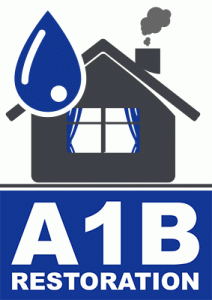
Lakewood Dallas Texas restoration water damage companies
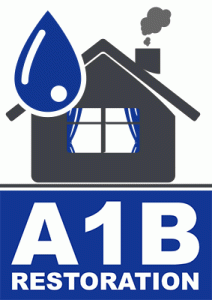
Crowley Texas water damage restoration service near me
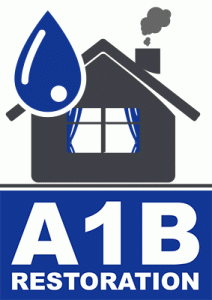
Flower Mound Texas water damage restoration service near me
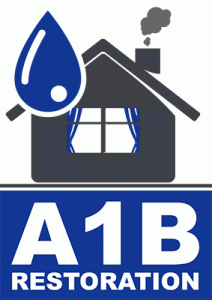
Flower Mound Texas disaster restoration companies
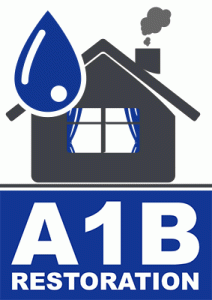
Mesquite Texas restoration water damage companies
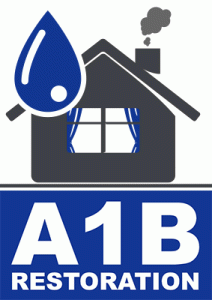
Colleyville Texas water damage restoration near me
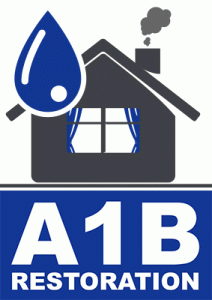
Carrollton Texas water damage restoration service near me
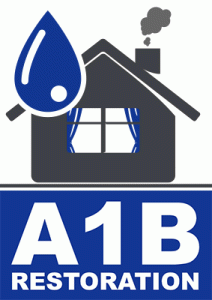
DeSoto TX water damage restoration companies near me
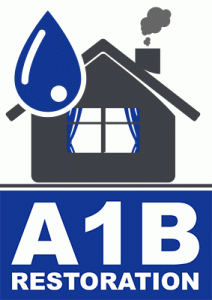
Lake Highlands Dallas TX water damage restoration company
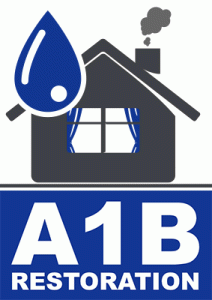
Keller TX water damage restoration companies near me

Highland Park TX water damage restoration services
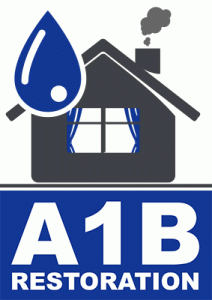
Royse City TX water damage restoration companies
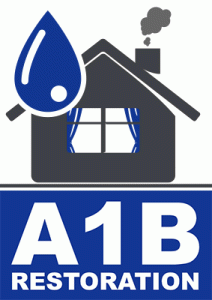
Wylie TX water damage restoration companies near me
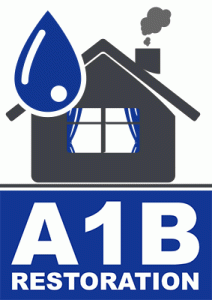
water damage and restoration companies Irving Texas
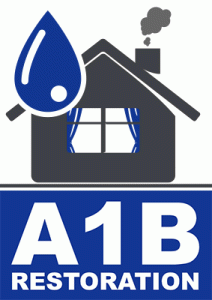
water damage restoration service Colleyville Texas
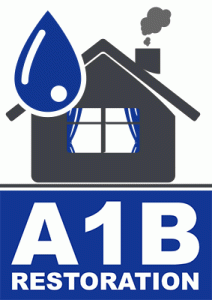
residential water damage restoration DeSoto Texas
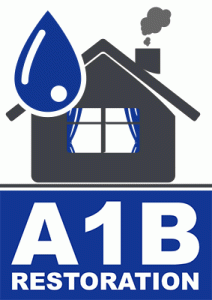
residential water damage restoration Colleyville Texas
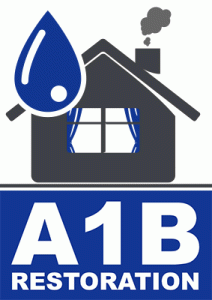
water remediation company near me Duncanville Texas
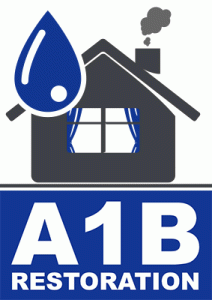
restoration services water damage Little Elm Texas
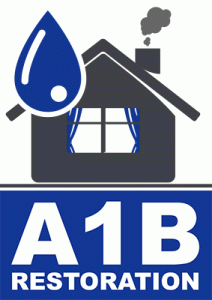
residential water damage restoration Parker Texas
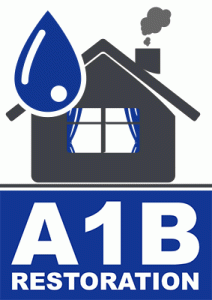
best water damage restoration near me Cedar Hill Texas
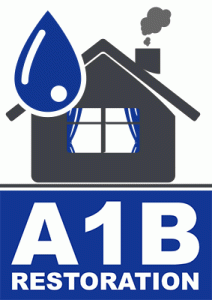
residential water damage restoration Addison Texas
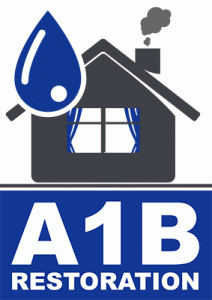
emergency water damage restoration Duncanville Texas
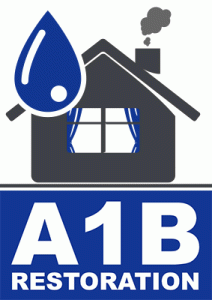
water damage and restoration companies Haltom City Texas
